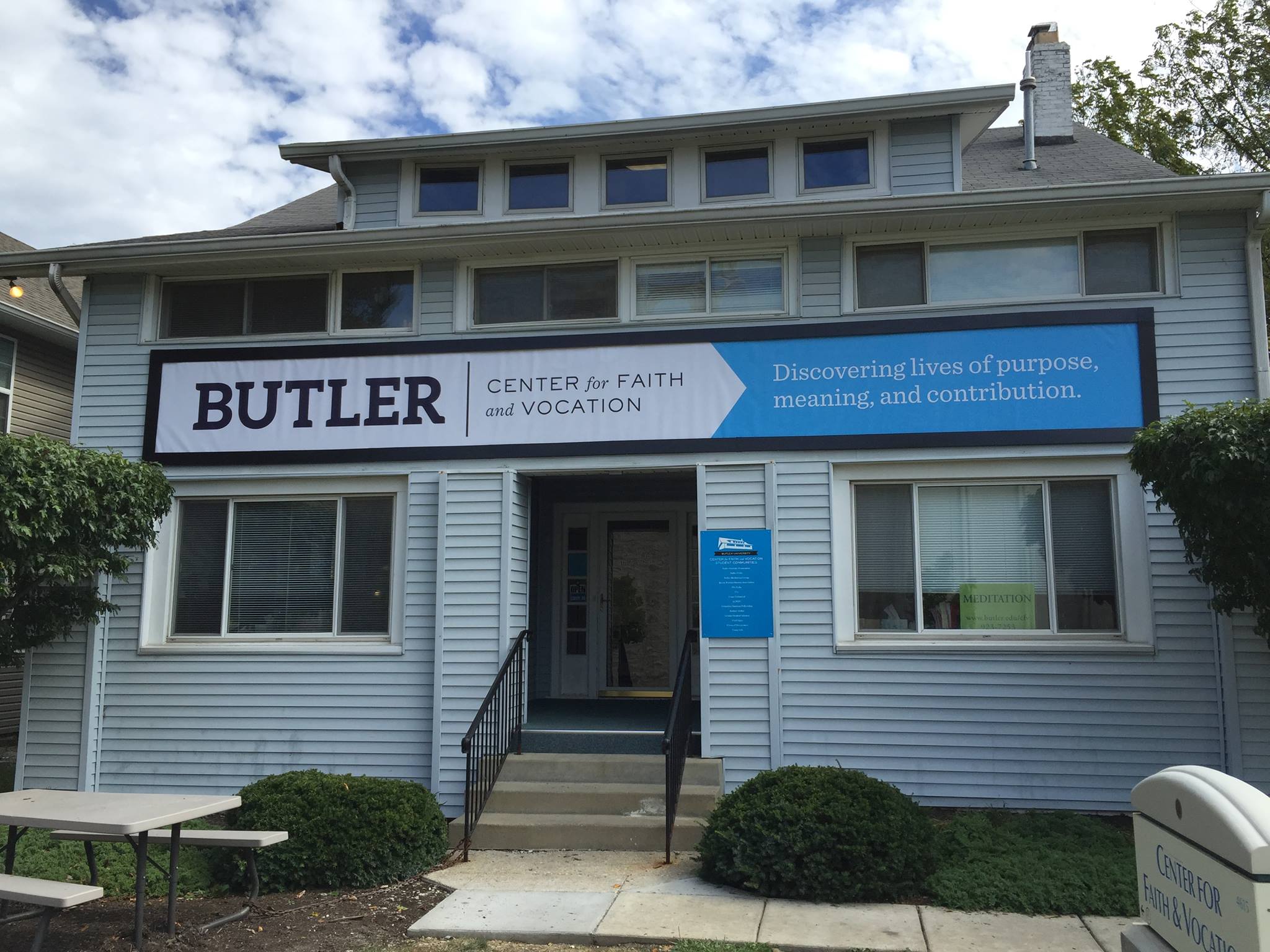Amid COVID-19 restrictions, religious organizations find ways to continue to worship. Collegian file photo.
ALEX STENCEL | NEWS REPORTER | astencel@butler.edu
With continued restrictions in Marion county, Butler religious groups have adapted to make sure their services can continue even in adjusted formats. With special events and religious holidays being downsized or moved online, student groups have had to find a way to continue to celebrate to the best of their ability.
For several of these religious groups, the spring season is when many important religious holidays begin: Christians have Lent beginning in February and Easter in early April, Jewish people have Passover beginning in late March, Hindus and Sikhs have Holi at the end of March, and Muslims start Ramadan in mid-April. Because of this, religious groups value interaction now more than any other time.
Julianna Neuger, a junior psychology major and the former president of Hillel, talked about the struggles their club has had to face during COVID-19.
“I would say our biggest concern with COVID is engagement and getting the new first-years involved,” Neuger said.
Neuger, like many club leaders, has had to adapt to not only the health and safety guidelines of the university but also follow the policies of the Marion County Public Health Department. The Health Department and Butler have set guidelines and requirements for both the amount of people allowed indoors, which is capped at 25, and the space between each individual in these spaces. These restrictions have made it difficult for groups to converge.
The guidelines have also affected groups like the Center for Faith and Vocation, which provides information services to students looking to learn more about specific religious groups on campus. They also work to provide events so that students can learn about different religious and cultural viewpoints. Daniel Meyers, the director of the CFV, said the COVID-19 guidelines have impacted their campus outreach efforts.
“I think there’s definitely a major challenge in how we meet the need of belonging and community when there’s so many challenges,” Meyers said.
In referencing the alternatives they have right now, Meyers acknowledged that using Canvas pages and phasing to online models seems to be the plan.
Although they have no time table on when some of these restrictions can be eased, most of the clubs currently have prepared for either a hybrid or Zoom format to accommodate.
Senior health sciences major Allison Kinsinger is the president of Cru, which is one of the largest religious groups on campus. With their meetings attracting an average of 100-150 people last year, they had to make changes to follow the guidelines they were given.
“We’re having Cru indoor where we’re meeting in several different locations in person on campus with 20 people in each room and able to come together in that way,” Kinsinger said. “In the fall, we did something called Cru outdoor where we didn’t have to have a cap on how many people could be there because it was an outdoor event and we could socially distance and do all of that.”
One thing that Cru and many other religious groups have talked about before is the ability to do outdoor events when the weather gets warmer in the spring. Fairer weather would allow larger groups to gather when properly socially-distanced and also create the interactions that many hope for when they meet.
With important holidays coming up for many different religious groups on campus in the coming months, being able to provide a full religious experience to their students is a goal they are striving for.



